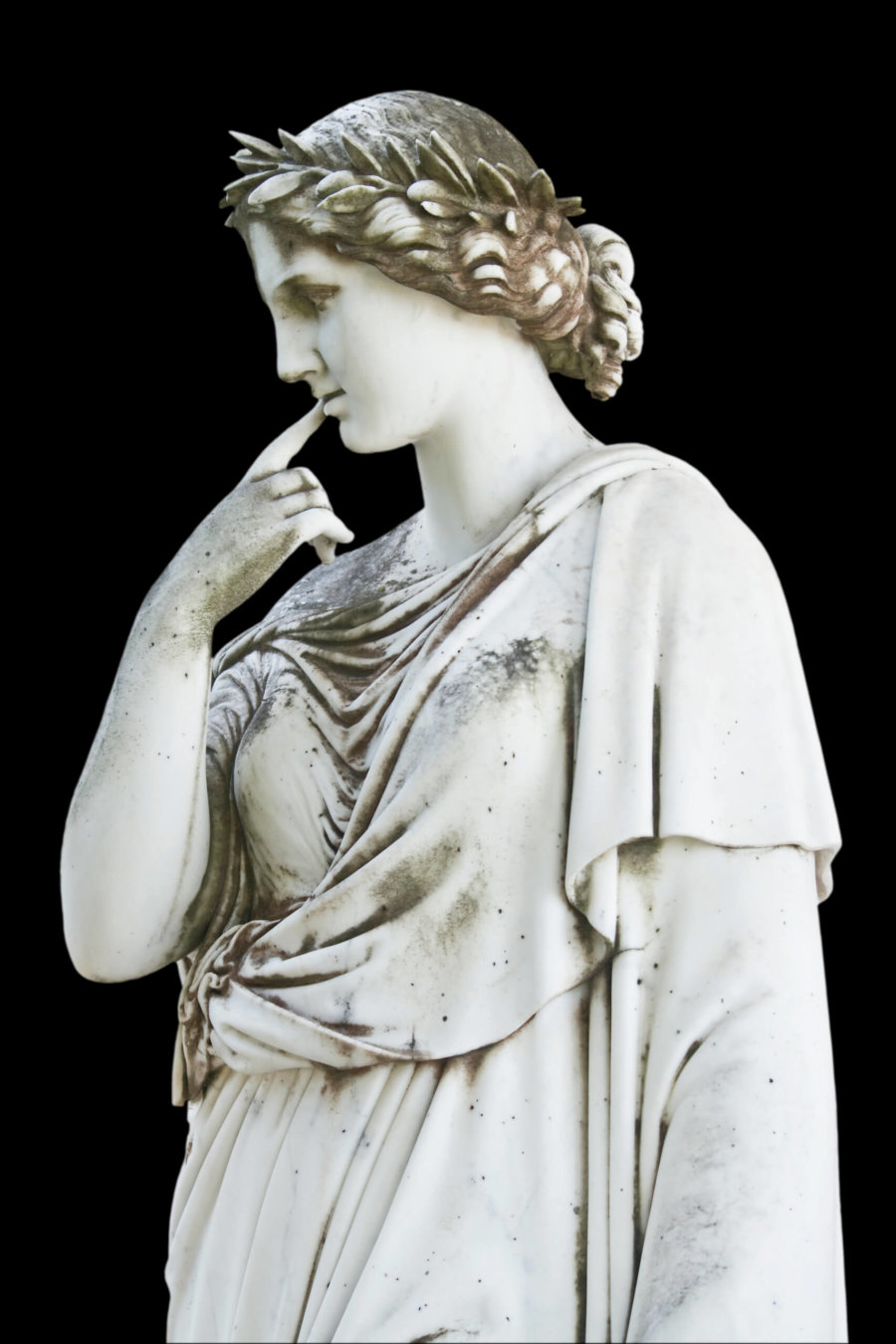Essays on Writing In The Between: Poetry As The Key to Education (Essay IX)

Essay IX: The Loom of Time and the Sense of Ending
What distinguishes a work of art in the universal impermanence is resistance to the wearing down of its uniqueness. Where everything else submits to the law of disintegration, the work of art persists in being itself. And in some vague sense, the identity of the author shares that quality of durability.
In some ways, that’s an illusion. The annals of art overflow with testimonies to the idea that the artist is special among her kind, that by virtue of being an artist she is uniquely free of the scandal of death. But artists do die and leave their works to the fate of all things mortal.
In any event, certain works of art, upon examination, deserve whatever long lastingness Time will allow them. Reader-writers, being acquainted with the details, echo Lu Chi when he writes: “Sounds interlock and intermingle / like the five colors of embroidery, / each enhancing the others.”
The perception of “parts and wholes” helps explain the remarkable luminosity of works of art, which jealously guard the secret of art’s durability.
Texts resemble textiles in multiple ways. Resisting the loosening and fraying of dissolving time is what we call structure, the warp and woof of the process of making. This double image is analyzed in various terms. “Universals and particulars” is one such doublet. (This one carries with it associations of Idealism that often choke the process, ending it shy of fulfillment.) Many thinkers reduce the fundamental parts to just four. Which particular four depends on even bigger questions. The work of art seems to be a small version of greater order, a microcosm in the more universal cosmic background of the passing of all things.
Voice is a metaphor common to the conversation about verbal works of art. Sound interrupts the empty silence of wasting things. Authors may be forgiven for identifying with the sound people come to associate with their works.
But sound can’t be heard without a background and foil of silence. The silence in the case of voice is not negative but the warp and woof of structure.
Structure is double in principle and doubled in practice. The structure that appears as we work in silence, the form, appears gradually, and it is fourfold. First a recognition of the given situation —- a starry night in June (art works often begin with descriptions of time and place). Soon the sense of certainty about the situation yields to the equivocity — the uncertainty— of the words we use to describe it. Doubt fuels an exploration of possibility, a search for the hidden truth of the situation. The voice trembles, taut with perplexing desire. At this point, when the voice seems threatened by confusion and ultimately the blankness of silence, a fourth structure appears in the weave of the text. Like “the five colors of embroidery.” An intervention, an aesthetic happening. Call it Beauty. In the moment when the searching self of the maker faces defeat, her text blooms with color.
The great Irish poet Eavan Boland ends her poem “Nocturne” this way. As the speaker shuts up her house for the night, a new order gradually takes shape. Her identity begins to dissolve.
The spider
on the dining room window has fallen asleep
among complexities as I will once
the doors are bolted and the keys tested
and the switch turned up on the kitchen light
which made outside in the back garden
an electric room —- a domestication
of closed daisies, an architecture
instant and improbable.
The voice, quiet, firm, humble, “among complexities,” gives way at last to a new impersonal order inseparable from the dissolve: all the solid dear things shut up in the house are suddenly lit in a greater open space of night
Artists develop their senses in their various media, but the key development is a confidence in their sense of ending.
References
Bringhurst, Robert. 2008. The Tree of Meaning: Language, Mind, and Ecology. Counterpoint.
Desmond, William. 2016. The Intimate Universal: The Hidden Porosity Among Religion, Art, Philosophy, and Politics. Columbia University Press.
Lu Chi. 2000. The Art of Writing. Translated by Sam Hamill. Milkweed Editions.
Tu Fu. 2020. The Selected Poems. Translated by David Hinton. New Directions
Also see Essays on Writing In The Between: Poetry As The Key to Education (Essays I-V), (Essay VI-VIII), (Essay X), (Essay XI), (Essay XII), (Essay XIII), (Essay XIV).




